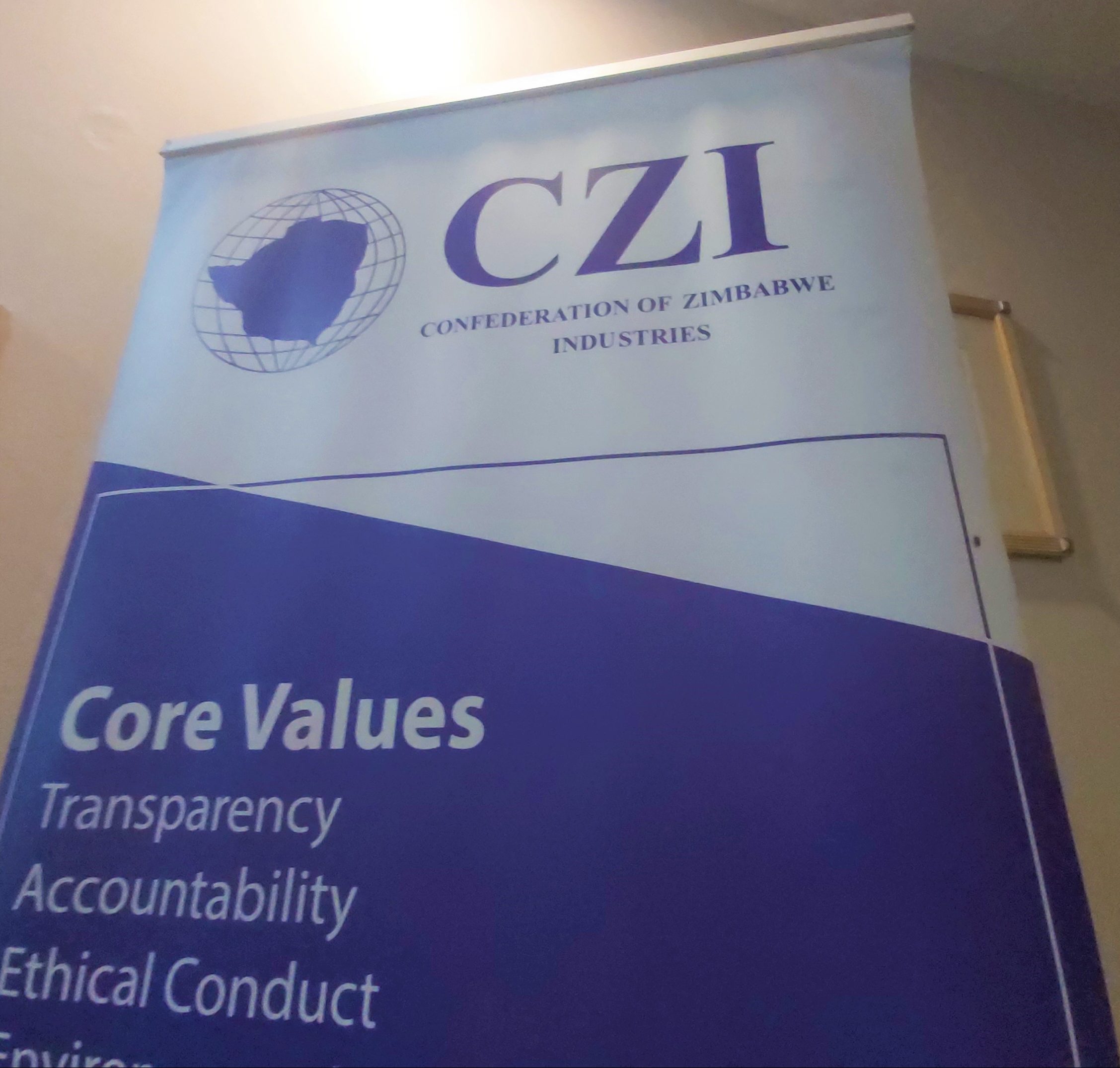CZI calls for market determined exchange rate
THE Confederation of Zimbabwe Industries (CZI) has called on the Government to explore modalities of a market-determined exchange rate to promote enabling environment for business to operate in.
So far, Zimbabwe is using a dual currency system involving the Zimbabwe dollar and the United States dollar.
In its latest inflation and currency update, CZI said the co-existence of the two currencies in the face of exchange rate distortions was causing difficulties for business operators.
“For example, businesses are being investigated for not adhering to provisions of Statutory Instrument (SI) 127 which have been legislated into the Finance Act, which requires the use of an auction rate which is not market clearing,” it said.
In June last year, the Government through the Ministry of Finance and Economic Development promulgated SI 127, which compels businesses to peg their prices in line with the official exchange
rate.
“Suppliers and service providers index their services to the parallel market, which creates viability challenges if pricing ignores the parallel market rate.
“History has also taught us that the exchange rate cannot be legislated into a reference rate in the
market, as the market will always set its own rate.”
In this context, CZI said monetary authorities have two choices, either to let the formal market determine the exchange rate using market forces or continue with controlling the formal market while letting the parallel market set the reference rate.
“The latter option is detrimental to the economy and the prospects of the country as witnessed over
the years.
“The fear that allowing the auction rate to depreciate will see the parallel market depreciate in turn
appears not to be based on evidence, as the market premium has been shrinking with the depreciation of the official exchange rate.
“It is, therefore, important that modalities for having a market determined exchange rate to be explored and acted upon, especially the need for an interbank trading platform to emerge where demand and supply of foreign currency will determine the exchange rate, rather than the auction rate being used to dictate terms,” said the industrial lobby group.
CZI said the parallel market is generally used to benchmark prices, hence prices will continue to
increase with the increase in the parallel market rate.
It noted that the participation of business in the parallel market can only cease with the elimination of distortions in the official foreign currency market.
“The foreign currency market is in need of a market platform that allows the discovery of a market
determined exchange rate.
“While the Dutch Foreign Currency auction has helped as a foreign currency allocation platform,
confidence in the auction rate is very low due to the huge parallel market premium.
“The economy needs a reference rate, and this rate can only be determined by market forces rather
than legislation.
“If these two steps are implemented, the major source of our inflationary pressures, which is fluctuations in the parallel market premium, would be managed,” said CZI.
On inflation, the industrial representative body said month-on-month inflation rate for last month
was up by 1,7 percentage points to 7 percent from the January 2022 rate of 5,3 percent.
Year-on-year inflation in February 2022 was at 66,1 percent while the January 2022 rate was 60 percent.
“Month-on-month inflation feeds into annual inflation and for the first two months of 2022 average annual inflation is 63,4 percent. This current trajectory will make it difficult if not impossible for the authorities to achieve the set target of 35 percent annual inflation by end of 2022.
“Changing the trend requires immediate and not delayed action on the policy correction that will set the path back to the downward trends of 2021. Without immediate policy correction decisions, it is difficult to see how this trend will retreat on its own,” said CZI.
While the Reserve Bank of Zimbabwe should be commended for keeping a tight lid on reserve money growth, the industrial representative body said the inflationary pressures generally were demonstrating that this has not been enough.
“Broad money has been growing at an alarming rate, underlining the need to complement the tight reserve money growth targets with broad money growth targets as well. Although reserve money only increased by 38,26 percent on an annual basis in December 2021, the growth rates in M1 and M3 of more than 124 percent and 131 percent respectively were not consistent with the need to keep a tab on money supply growth,” said CZI. – The Chronicle











